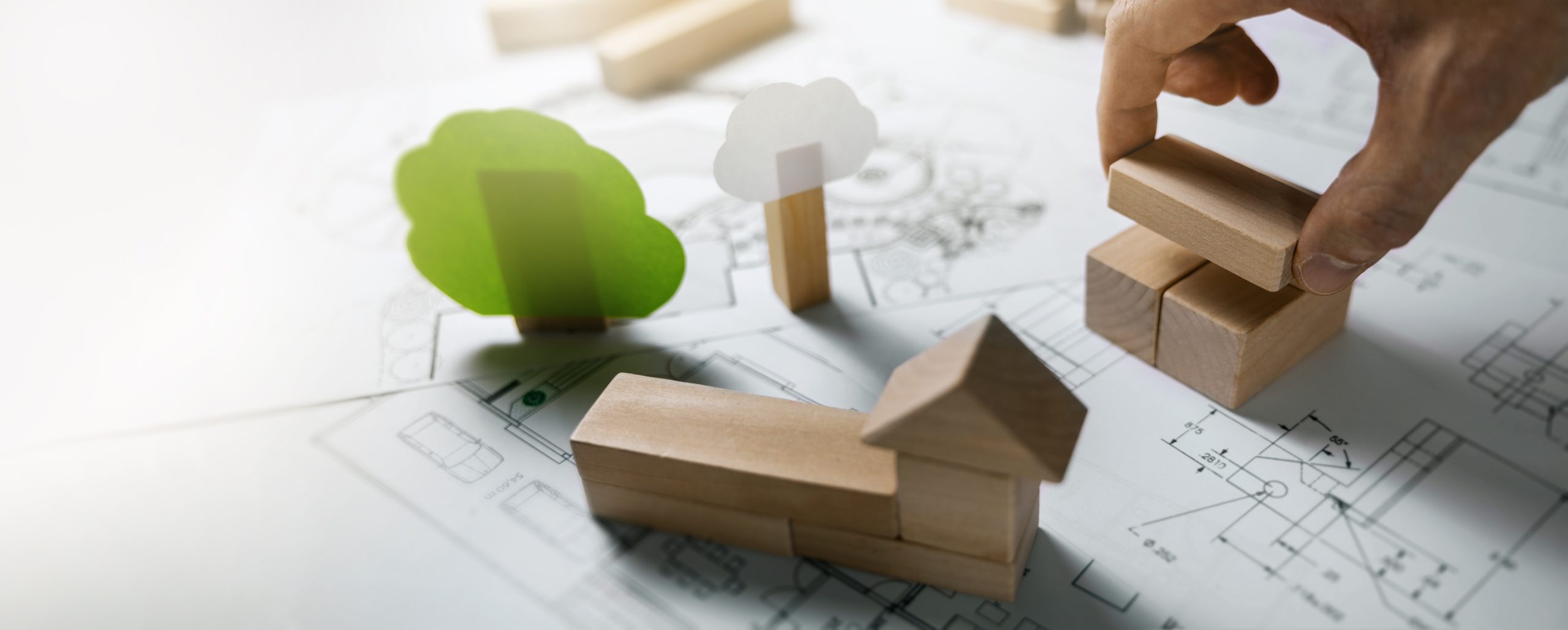Circular economy ideas are taking off around the world, with solutions tackling waste and promoting sustainability in every aspect of our daily lives. However, organizations and businesses need inspiration to take part in the circular transition.
The Co-creation Accelerator Innovation Program (in French, PIAC – Programme d’innovation accélérée en cocréation) is where innovators join forces to uncover some of the most inspiring circular economy ideas in the construction sector.
Growth without waste
The construction sector is the largest consumer of resources and raw materials on the planet, consuming more than 3 billion tons of virgin resources every year. The idea of a circular construction sector is built on an economic model that aims to use products for as long as possible and reduce waste — via re-use and recycling — while boosting social, economic growth and prosperity.
How can we speed up the use of circular materials?
There is a need for front runners to create circular marketplaces and bring transparency to valuation in order to speed up the use of circular materials.
The co-creation challenge to increase the circularity of building materials is on! The group of innovators participating in the 2nd edition of the PIAC wishes to mobilize several actors of their value chain in order to review the ways of doing throughout the life cycle of a building and to innovate, to promote the circularity of the waste of construction materials.
Changing economies – changing collaboration
A harsh reality: construction, renovation, and demolition (CRD) waste accounts for about 30% of total waste in the EU and about 40% of solid waste in the United States. These figures illustrate that collaboration is needed to drive innovation and systemic change in infrastructure. Scaling future innovation, however, will require looking closely at how construction projects are planned and funded. Public procurement can be an instrument for positive change. Mindset shifts are also critical.
Moving to a circular economy in the building and construction sector provides benefits, for sure, but requires a holistic approach and a front-end innovation across the entire lifecycle of buildings. This includes the sub-processes and extensive supply chains that support the sector.
But, to what point can construction materials be recycled?
This is where the importance of front-end innovation becomes apparent.
The circular economy’s approach to designing, producing and consuming goods eliminates waste and regenerates nature. In short, through the PIAC co-creation program, efforts will be focused around a strategic theme and co-creating innovative solutions, anchoring them and bringing them to market together, ensuring we can live within our means and in harmony with the planet.

